Working with local heritage
The Water Eaton site is influenced by a number of heritage assets including St Frideswide’s Farmhouse to the east, the Pipal Barns complex on Oxford Road and two Anglo-Saxon barrows within the site.
St Frideswide’s Farmhouse
The Grade II* listed St Frideswide’s Farmhouse and its associated garden wall of 16th century origin is situated east of the site. The masterplan responds to the Listed Building in the following ways:
- Retention of the eastern edge of the site as open space and provision of a new area of parkland to the south to retain an attractive green buffer between the farmhouse and new buildings
- Retention of the alignment of the historical approach to the farmhouse through the site, as well as keeping and strengthening existing field boundaries
- Maintaining vegetation boundaries around the farmhouse to help screen the development.
- Limiting building heights closest to St Frideswide’s Farmhouse, in order to respect the farmhouse’s role as an historical focal point in the surrounding landscape
- Reinstatement of woodland and orchard planting to the north of the farmhouse, near to Water Eaton Copse.
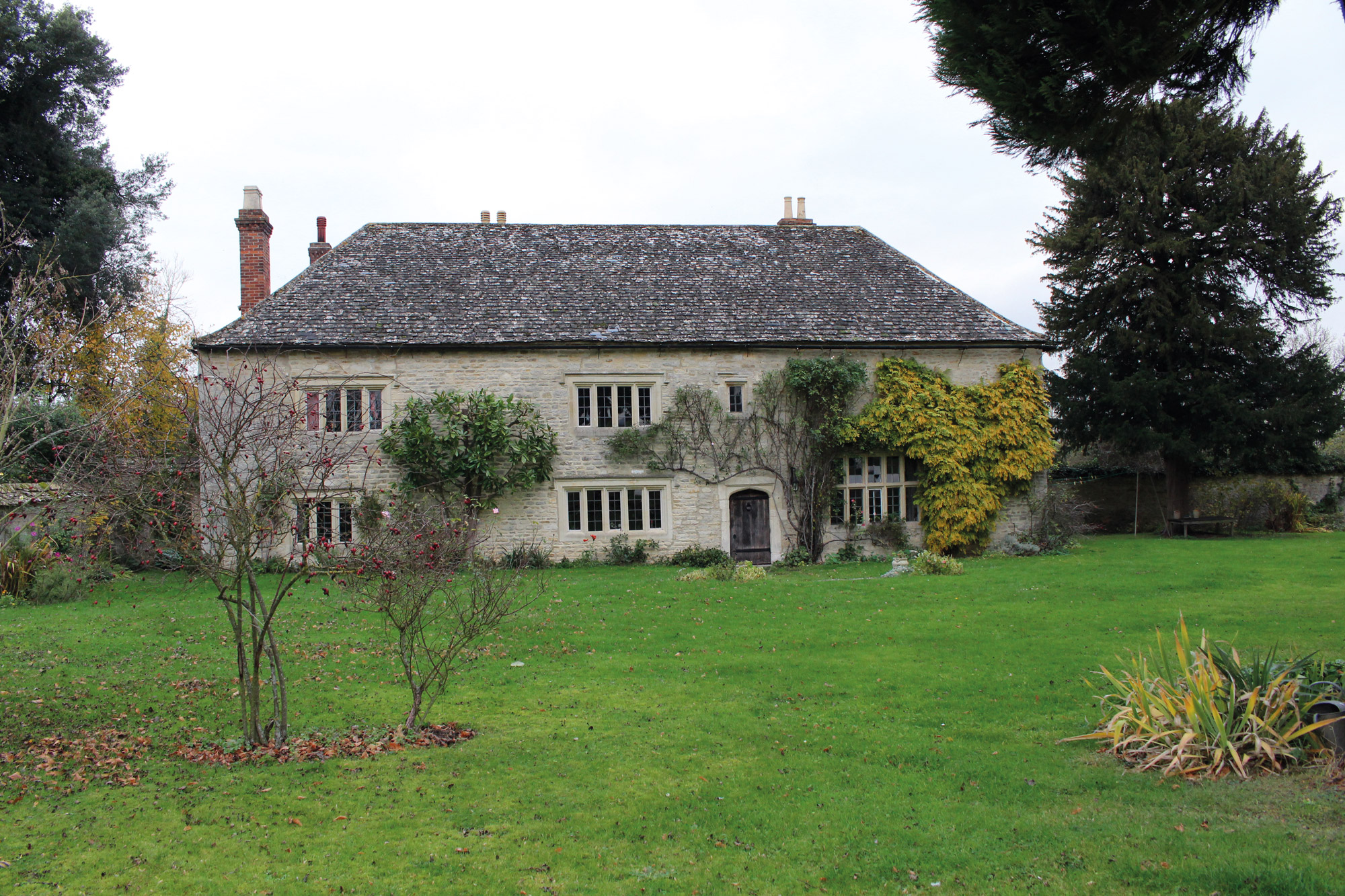
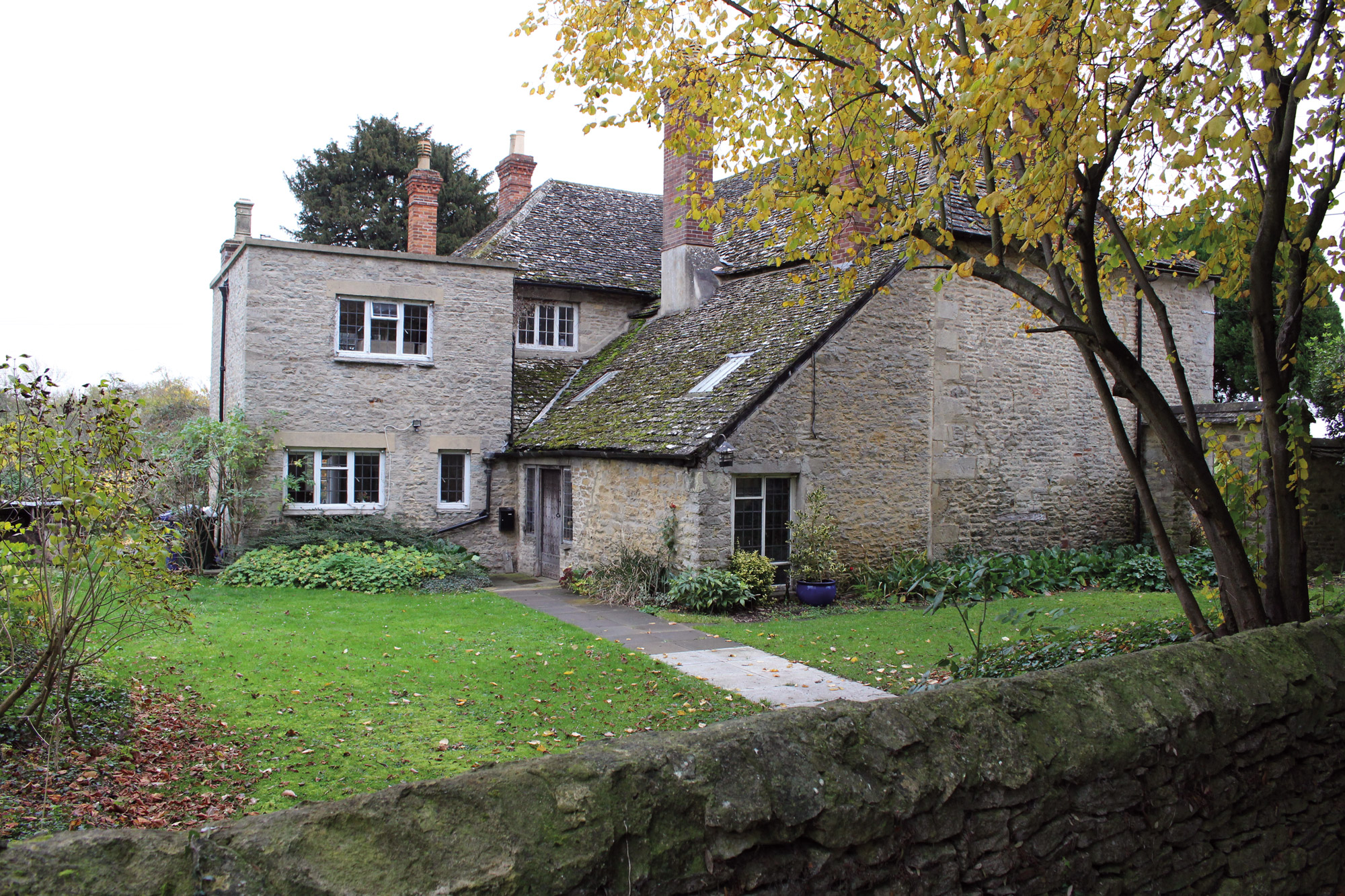
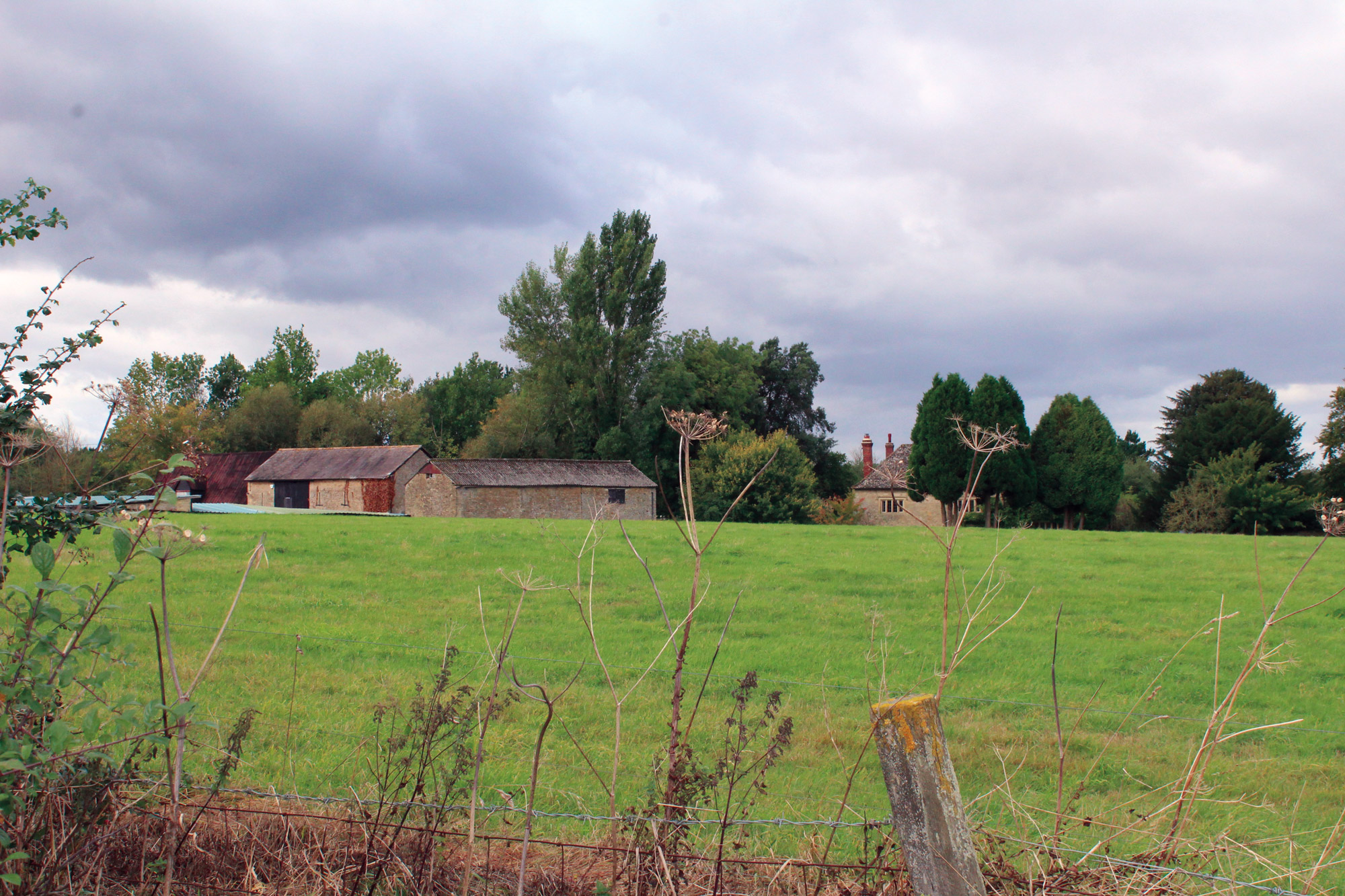
Pipal Barns
The Pipal Barns are a non-designated group of c.19th century and later redundant farm buildings, located on Oxford Road, immediately north of Pipal Cottage.
The development proposals seek to deliver a walking and cycling super highway along the Oxford Road and provide a new distinctive frontage appropriate to its gateway location. In this context, it is not considered feasible to retain the Pipal Barns and they are proposed to be replaced with new buildings.
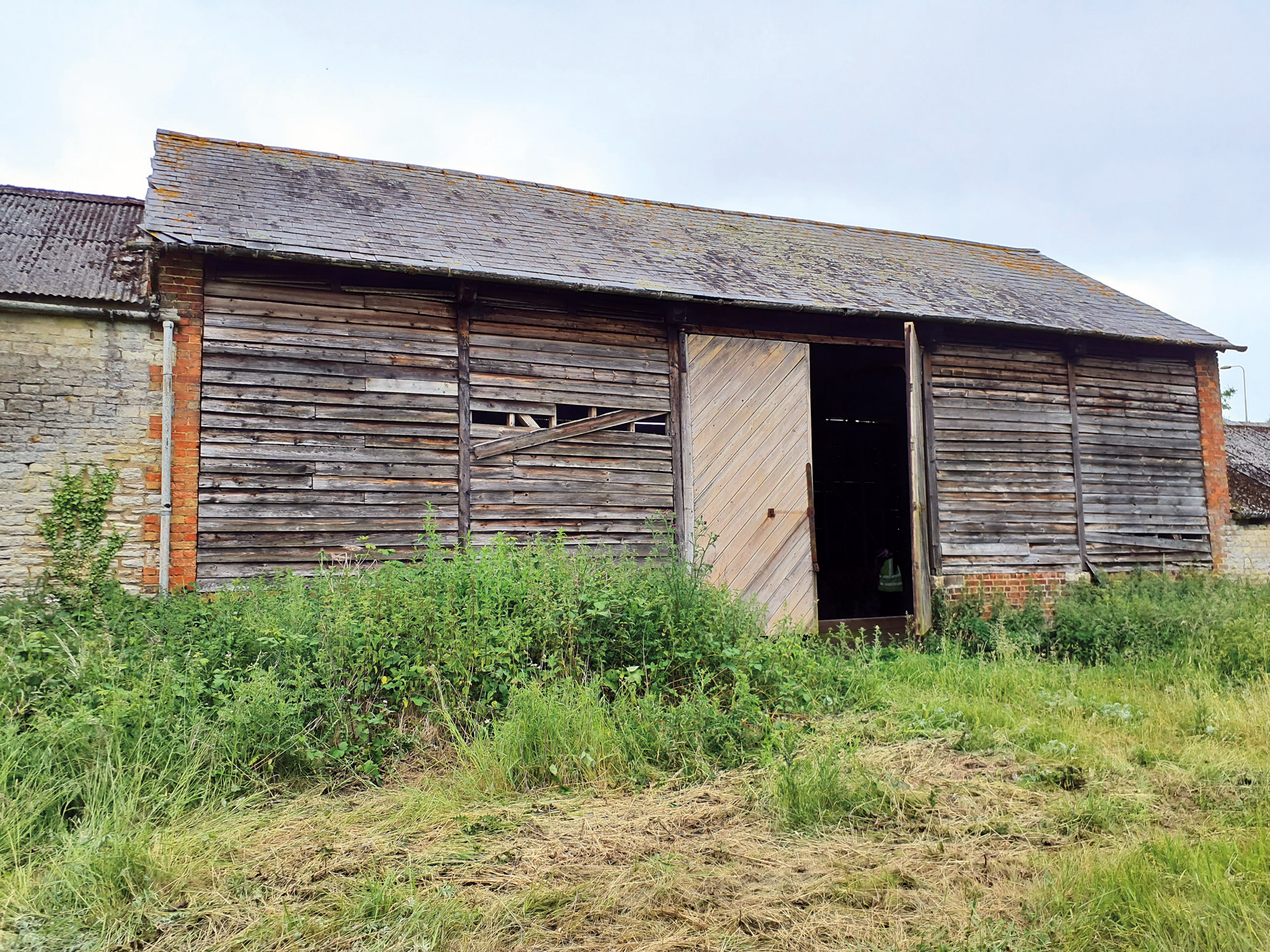
The Barrows
A programme of archaeological investigations has identified the earthwork and buried remains of two Anglo-Saxon barrows in the central west edge of the site.
The barrows will be preserved under an area of new green public open space at the heart of the development, which will include the provision of interpretative information.
Other archaeological features and deposits identified across the site will be subject to a programme of investigation and recording in advance of development, with the results made available to the public through the Oxfordshire Historic Environment Record.
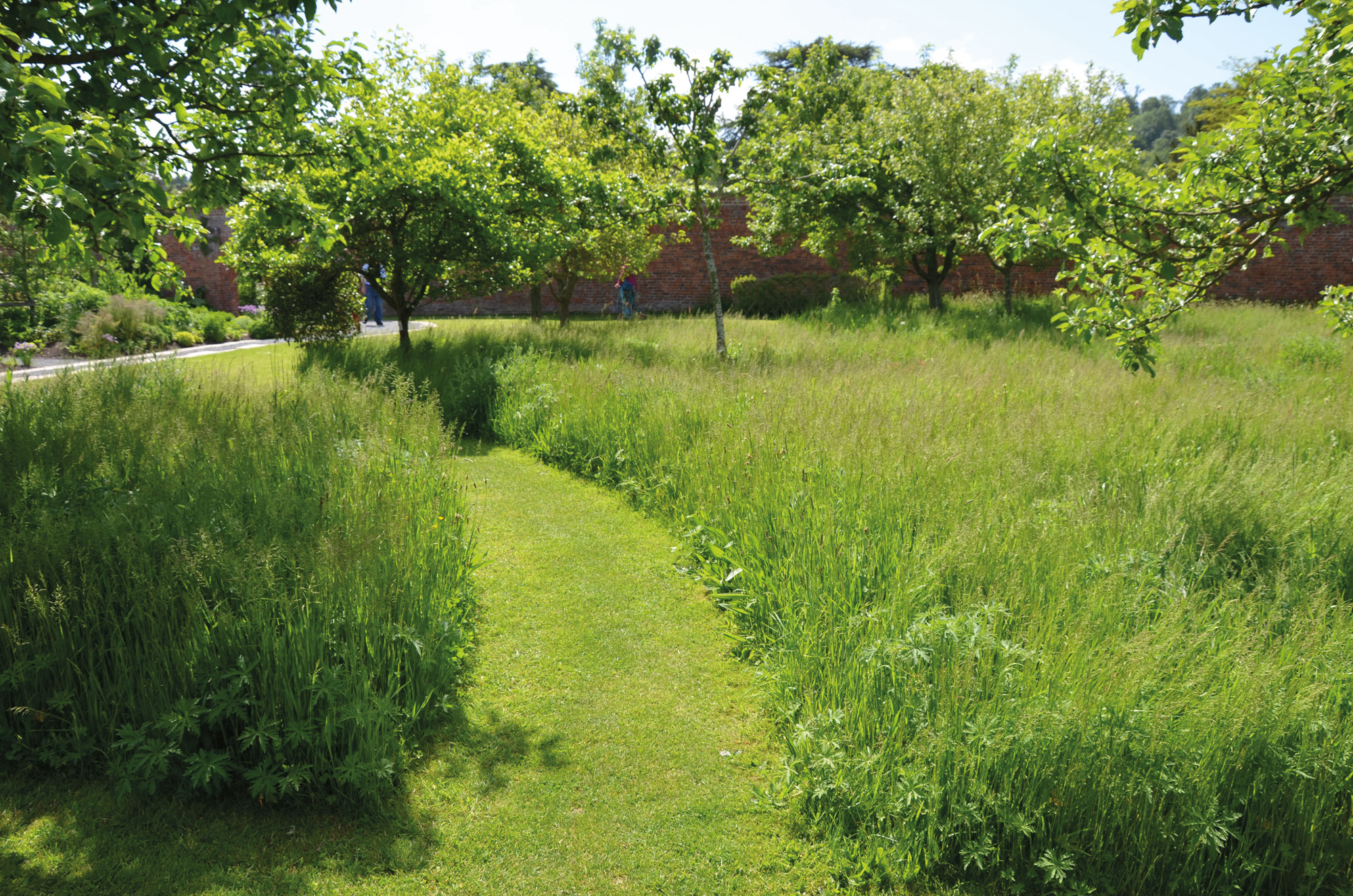
Our proposals sections
- Introduction
- Our proposals
- The development
- The scheme parameters
- Masterplan
- Character and placemaking
- Responsible ownership & stewardship
- A sustainable development
- Transport
- Sustainable transport improvements
- Green infrastructure
- Site heritage
- Ground conditions and utilities
- Ecology and biodiversity
- Landscape and visual